Iōjima, Nagasaki
#39 among attractions in Nagasaki
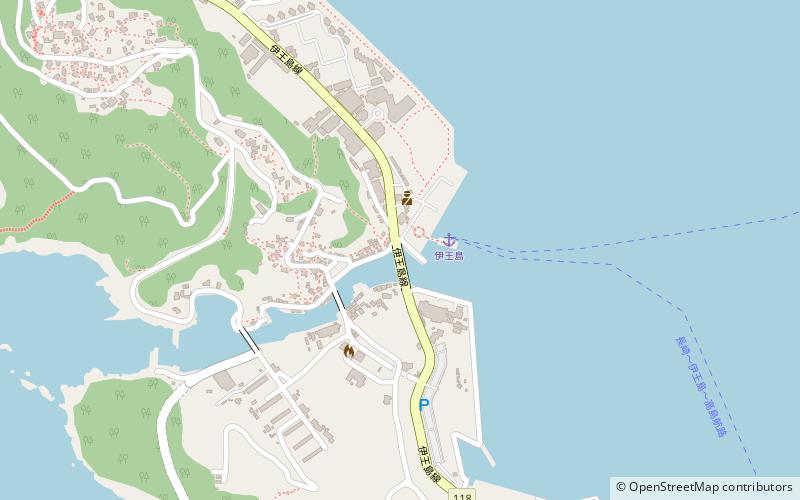

Facts and practical information
Iōjima was a town located in Nishisonogi District, Nagasaki Prefecture, Japan. Iōjima was the only town on the island of Iōjima near Nagasaki City. The island includes beaches and an onsen. ()
Nagasaki Japan
Iōjima – popular in the area (distance from the attraction)
Nearby attractions include: Prefectural Art Museum, Glover Garden, Nagasaki Atomic Bomb Museum, Dejima.
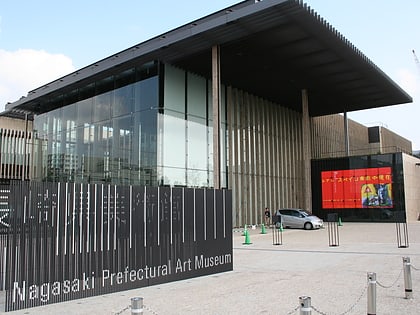 Museum, Art museum
Museum, Art museumPrefectural Art Museum, Nagasaki
151 min walk • The Nagasaki Prefectural Art Museum, a beacon of culture nestled in the historic city of Nagasaki, Japan, is an institution dedicated to the arts and a hub for creative expression. This contemporary museum, designed by renowned architect Kengo Kuma, is situated near...
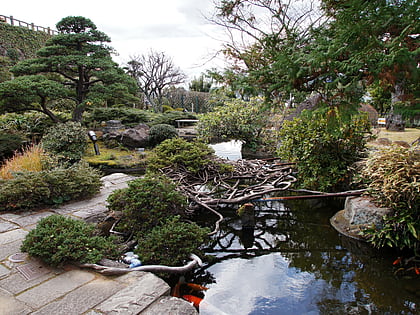 Museum, Garden, Historical place
Museum, Garden, Historical placeGlover Garden, Nagasaki
145 min walk • Nestled on the picturesque hillside overlooking Nagasaki Harbor, Glover Garden stands as a serene testament to the city's rich international heritage. This open-air museum, dedicated to the memory of Scottish merchant Thomas Blake Glover, offers visitors a glimpse into...
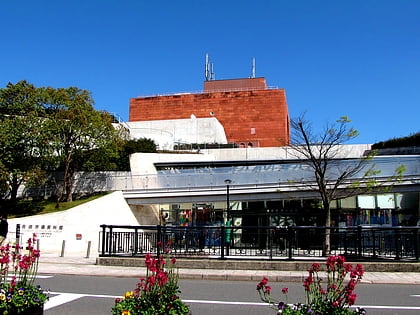 Exhibits about the 1945 nuclear attack
Exhibits about the 1945 nuclear attackNagasaki Atomic Bomb Museum, Nagasaki
176 min walk • The Nagasaki Atomic Bomb Museum stands as a poignant reminder of the catastrophic consequences of nuclear warfare, located in the city of Nagasaki, Japan. This somber museum is dedicated to the second atomic bomb that was dropped on August 9, 1945, which devastated the...
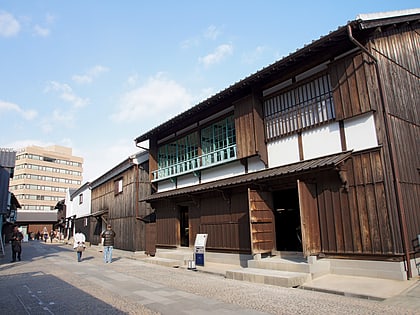 Museum, Specialty museum, History museum
Museum, Specialty museum, History museumDejima, Nagasaki
156 min walk • Nestled in the vibrant city of Nagasaki, Dejima stands as a unique testament to Japan's period of seclusion and its selective engagement with the outside world. This fan-shaped artificial island, now a compelling museum, was originally constructed in 1636 as a single...
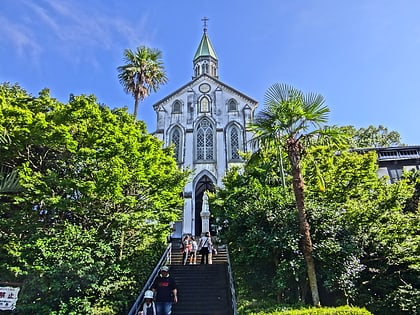
5.7 miNE Landmark 19th-century Catholic churchOura Catholic Church, Nagasaki
146 min walk • Nestled in the historic city of Nagasaki, Japan, Oura Catholic Church stands as a poignant testament to the enduring faith and tumultuous history of Christianity in the country. Constructed in 1864, this Gothic-style structure is not only an architectural marvel but...
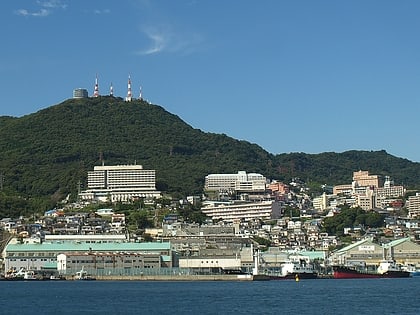 Natural attraction, Mountain, Park
Natural attraction, Mountain, ParkMount Inasa, Nagasaki
136 min walk • Mount Inasa, a prominent hill located in the vibrant city of Nagasaki, Japan, offers one of the most stunning night views in the country. The hill, rising to a modest height of 333 meters, provides a panoramic vista of Nagasaki's cityscape, a sight so breathtaking that...
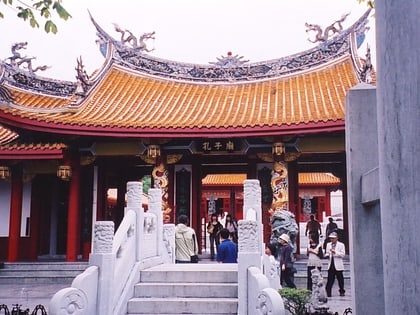 Confucian shrine with Chinese artifacts
Confucian shrine with Chinese artifactsConfucius Shrine, Nagasaki
150 min walk • Kōshi-byō is a Confucian temple in Nagasaki, Japan. Today the land on which it stands is owned by the Chinese Embassy in Tokyo.
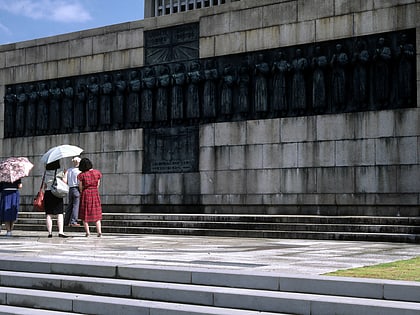 Memorial to Christians executed in 1597
Memorial to Christians executed in 1597Twenty-Six Martyrs Museum and Monument, Nagasaki
165 min walk • The Twenty-Six Martyrs Museum and Monument were built on Nishizaka Hill in Nagasaki, Japan in June 1962 to commemorate the 100th anniversary of the canonization by the Roman Catholic Church of the Christians executed on the site on February 5, 1597.
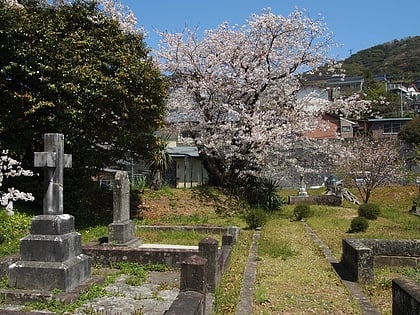 Cemetery
CemeterySakamoto International Cemetery, Nagasaki
173 min walk • The Sakamoto International Cemetery is located in Sakamoto in the Urakami area of the city of Nagasaki, Japan. The cemetery for foreigners was established following the 1888 closure of an earlier burial ground near the international quarter of the city. It is administered by the city government.
 Temple, Buddhist architecture
Temple, Buddhist architectureFukusai-ji, Nagasaki
168 min walk • Fukusai-ji is an Ōbaku Zen temple in Nagasaki, Nagasaki, Japan. Its honorary sangō prefix is Bunshizan. Founded in 1628 and later destroyed in 1945, Fukusai-ji has since been reconstructed in the shape of a turtle with an 18-metre high aluminium alloy statue of Kannon, the Bodhisattva of compassion.
 Temple
TempleSannō Shrine, Nagasaki
175 min walk • The Sannō Shrine, located about 800 metres south-east of the atomic bomb hypocentre in Nagasaki, is noted for its one-legged stone torii at the shrine entrance.
